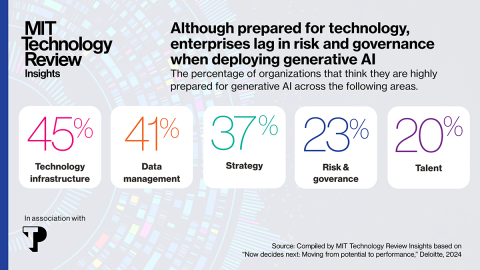
History is rich with examples of people trying to breathe life into inanimate objects, and of people selling hacks and tricks as “magic.” But this very human desire to believe in consciousness in machines has never matched up with reality.
Creating consciousness in artificial intelligence systems is a dream for many technologists. Large language models are the latest example of our quest for clever machines, and some people (contentiously) claim to have seen glimmers of consciousness in conversations with them.
AI systems don’t have brains, so it’s impossible to use traditional methods of measuring brain activity for signs of life. But neuroscientists have various different theories about what consciousness in AI systems might look like. Read the full story.
Melissa’s story is from The Algorithm, MIT Technology Review’s weekly AI newsletter. Sign up to receive it in your inbox every Monday.
2023 Climate Tech Companies to Watch: Gogoro and its battery pack network
Gogoro is sort of a reverse Tesla. The company, which makes electric scooters to create a market for its battery-swapping network, and batteries for third-party vehicles, has built a network of charging stations to help it sell cars.
Gogoro now has nearly 13,000 smart battery swapping stations at 3,000 locations in the nine countries where it operates. What’s more, its cloud-connected, AI-managed stations can tell the state of every battery in the system, anticipate demand from customers, and optimize charging times for off-peak hours, when energy is cheaper. Read the full story, and read the rest of the list of Climate Tech Companies to Watch.







Recent Comments